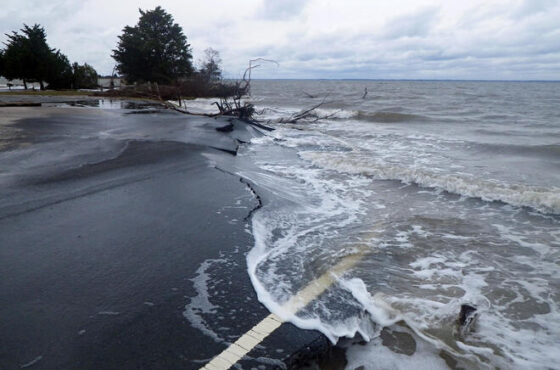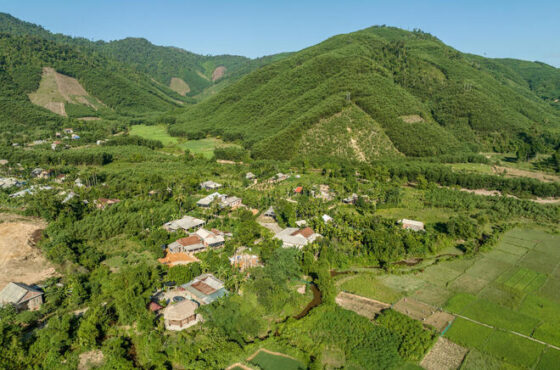NY Spurs Community Solar by Upping Project Size Threshold
Published by the Natural Resources Defense Fund
In a win for solar power in New York, the state’s Public Service Commission (PSC) released an order expected to encourage more communities to pursue shared solar projects by increasing the maximum size of community solar projects eligible for credits from 2 MW to 5 MW.
The initiative, known as the Value of Distributed Energy Resources (VDER) proceeding, aims to credit projects for the benefits that they provide to the electric system and to society. Expanding the size threshold will allow solar developers to reduce soft costs by allowing them to take advantage of the economies of scale afforded by including a larger number of panels within one project, and avoiding the need to arbitrarily divide development sites into multiple discrete projects. Put simply, larger community solar projects will now be eligible for a financial credit, allowing communities to build and finance projects more effectively and efficiently.
As explained in a previous blog, the VDER initiative sets credit rates for customers that subscribe to service from Distributed Energy Resources (DER), smaller energy projects that interconnect to the local utility system. These projects are generally located closer to homes and businesses where electricity is consumed than large power plants, avoiding the need to send power through large high voltage transmission lines. The PSC is phasing in VDER in stages, so while its first order setting up the rules for the new program provides a credit framework for community solar projects (the mid-size projects you see atop big box stores, factories, apartment buildings, or adjacent to communities in previously vacant land), it is expanding this framework to include other technologies like stand-alone energy storage and combined heat and power, as well as smaller projects on individual rooftops.

National Renewable Energy Laboratory
The initiative aims to accurately credit projects based on the benefits they provide, including energy value (the electricity offset by the projects), avoided carbon emissions and other environmental benefits associated with reducing the need to rely on other power plants, capacity value (the ability to serve the electricity system when supply is most constrained, such as during summer heat waves), and distribution value (the ability to offset the need for infrastructure like substations and local power lines, which would otherwise be necessary to transmit electricity from power plants located farther from customers). By doing so, the PSC hopes to encourage new DER projects that supply electricity when and where these benefits are the highest. But designing these new credit rules is complex, and clean energy developers face a host of challenges in translating the credits into financeable new projects as the market ramps up (such as those discussed here). Thus, policy changes are needed to advance more projects as efficiently as possible.
That’s where the PSC’s new order comes in. In many cases, somewhat larger projects can still be installed locally, more efficiently serving a larger group of customers. For context, a 2 MW project would take up about 9 football fields of space, versus roughly 22 football fields for a 5 MW project, based on average solar capacity data from the National Renewable Energy Laboratory. The new rules avoid the need for developer to arbitrarily divide a 4 MW project into two separate smaller projects in order to receive credits, incurring additional regulatory and permitting costs in the process. Further, the structure of the VDER initiative insures that this project size expansion won’t raise electricity bills for any non-participating customers.
While there is still work to do to refine this complex policy to maximize its potential in meeting New York’s clean energy goals (discussed here), this order is a significant step forward that will help community solar serve more New Yorkers.
Read the full article at: https://www.nrdc.org/experts/sneha-ayyagari/ny-spurs-community-solar-upping-project-size-threshold






